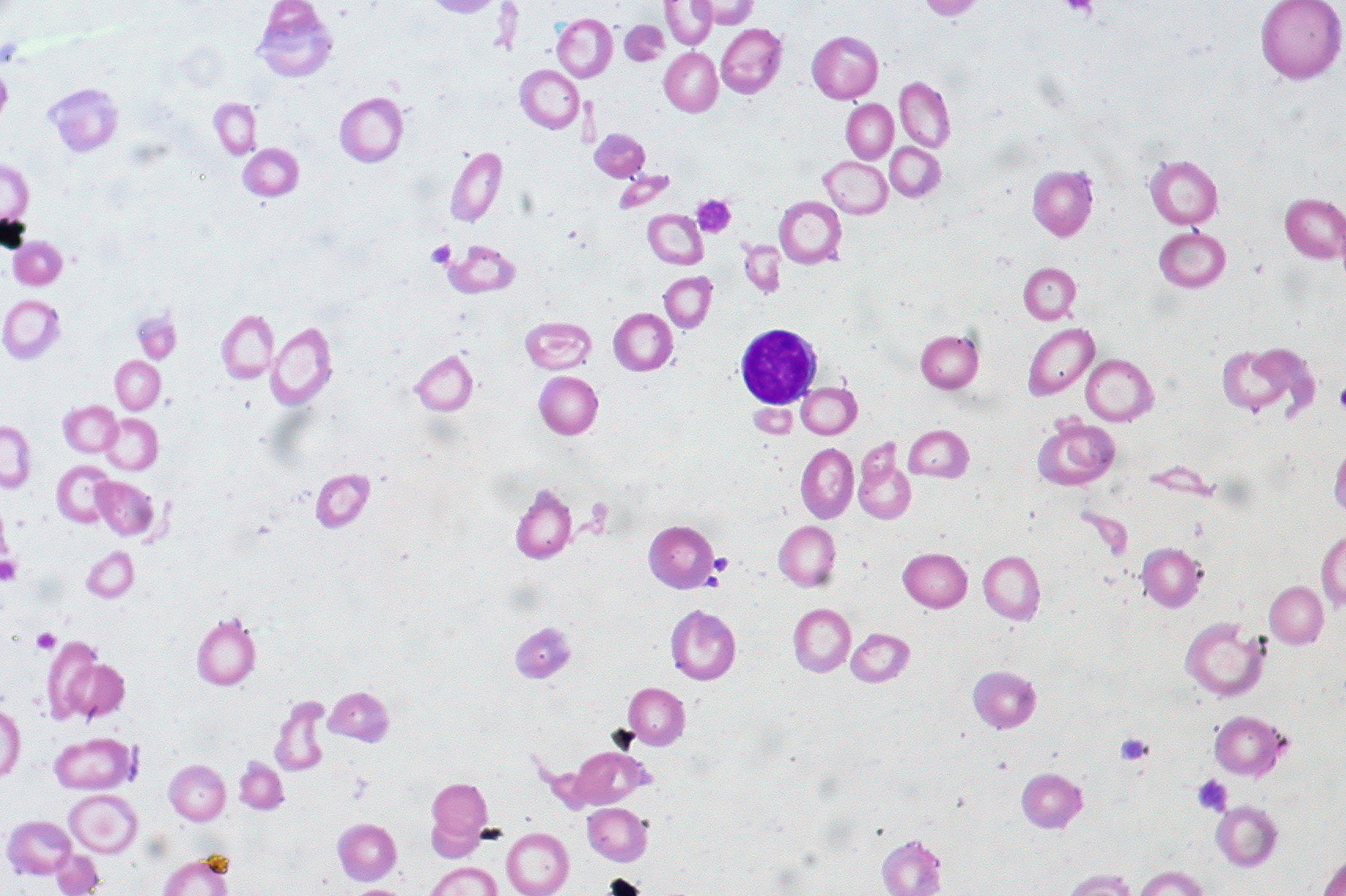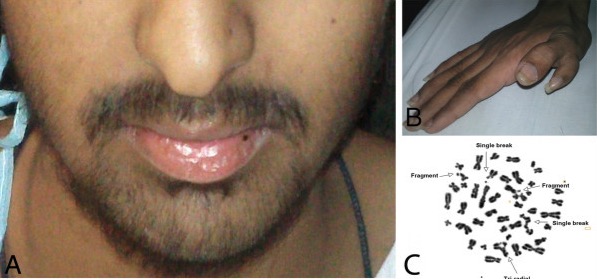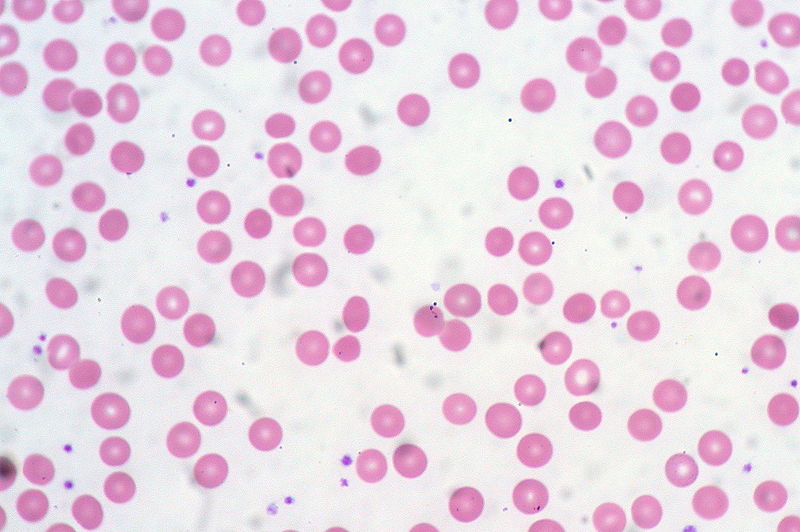Playlist
Show Playlist
Hide Playlist
Non-hemolytic Anemias
-
Slides Normocytic Anemia Overview.pdf
-
Reference List Pathology.pdf
-
Download Lecture Overview
00:00 The next topic is about normocytic and non-hemolytic anemias that do not have increases in their reticulocyte counts. In acute blood loss, there will be no initial change in hemoglobin levels unless you give isotonic saline. Saline is NaCl. So what you're going to do? You will now unveil the anemia in your patient, but they will appear to be normocytic, nonhemolytic. Early stage iron disease, iron studies abnormal at first. That's the first thing. The studies will be abnormal but in terms of early type of peripheral blood smear, it will be normocytic early. So the first thing that you're looking for is, then once again. Serum iron decreased, ferritin decreased, TIBC increased, oxygen saturation percentage decreased. And that's 4 words that walk through in great detail. Now, the anemia of chronic disease, we talked about how the bone marrow might be compromised in normocytic and often remains normocytic and we saw this early microcytic. Aplastic and pancytopenia so you can't produce much of your myeloid lineage. Renal disease, decreased EPO. Malignancy, may result in normocytic non-hemolytic anemia. Remember malignancy could have been an underlying issue, chronically for anemia of chronic disease (ACD). I give you breast cancer metastasizing into your bone marrow and that we called ___. Normocytic non-hemolytic is my point. And then bleeding. Bleeding might be taking place into different structures and therefore may result in anemia as well. 01:35 Malignancy is a big one.
About the Lecture
The lecture Non-hemolytic Anemias by Carlo Raj, MD is from the course Normocytic Anemia – Red Blood Cell Pathology (RBC).
Included Quiz Questions
An excess infusion of which of the following fluids is most commonly associated with hemodilution?
- Isotonic saline
- Whole blood
- Fresh frozen plasma
- Cryoprecipitates
- Packed RBCs
Customer reviews
5,0 of 5 stars
| 5 Stars |
|
5 |
| 4 Stars |
|
0 |
| 3 Stars |
|
0 |
| 2 Stars |
|
0 |
| 1 Star |
|
0 |






